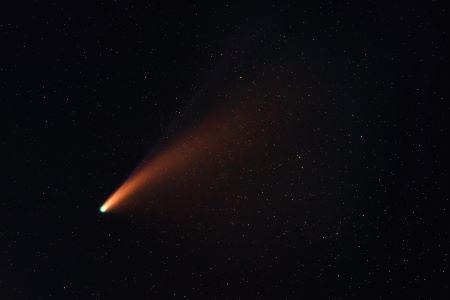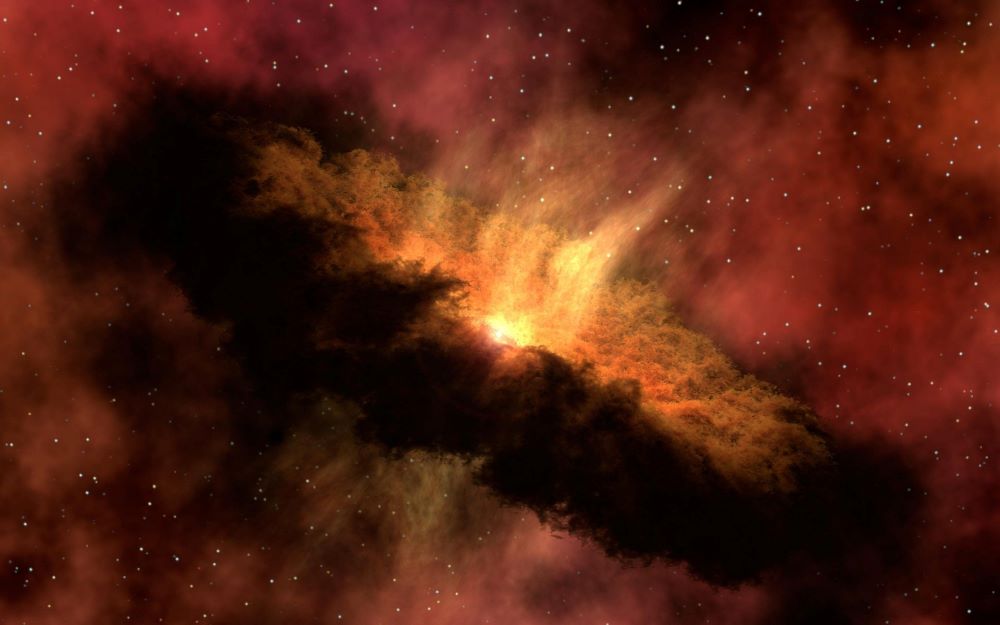Asteroids: Mysteries, Threats, and Opportunities
The vast expanse of our universe is dotted with celestial objects, among which asteroids captivate the human imagination. These remnants from the early solar system hold within them valuable clues about the universe’s formation and evolution. However, they also pose a potential threat to our planet. We are going tp delve into the fascinating world of asteroids, exploring their origin, composition, classification, potential hazards, and the opportunities they offer for scientific exploration and resource extraction.
Origins and Composition
Asteroids are rocky remnants that date back to the formation of our solar system, roughly 4.6 billion years ago. They are primarily composed of rock, metal, and sometimes even ice. These celestial bodies range in size from a few meters to hundreds of kilometers in diameter. Most asteroids are found in the asteroid belt, a region located between the orbits of Mars and Jupiter. Some asteroids, known as near-Earth asteroids, have orbits that bring them into close proximity with our planet.
Classification of Asteroids
Asteroids can be classified into different types based on their composition. The three main classifications are:
- C-Type: These asteroids are carbonaceous and contain large amounts of organic compounds. They are thought to be the most primitive and may hold valuable insights into the early solar system.
- S-Type: S-type asteroids are composed of silicate minerals and nickel-iron. They are the most common type and often contain valuable metals such as iron, nickel, and platinum.
- M-Type: M-type asteroids are metallic in nature and are primarily composed of nickel-iron. These asteroids are believed to be the exposed metallic cores of larger objects that underwent significant collisions.
Potential Hazards
While most asteroids orbit harmlessly in space, some pose potential threats to Earth. Near-Earth asteroids, if they collide with our planet, can cause significant damage. The impact of an asteroid can result in massive explosions, tsunamis, and climate changes. To mitigate this risk, scientists and space agencies closely monitor asteroids and develop strategies for detection, tracking, and potential deflection if necessary.
Scientific Exploration and Resource Extraction
Asteroids hold immense scientific and economic potential. Space agencies like NASA have conducted missions to study asteroids up close. In 2016, NASA’s OSIRIS-REx spacecraft reached the near-Earth asteroid Bennu and successfully collected a sample, which will be returned to Earth in 2023.

Moreover, asteroids could be a rich source of valuable resources. Some asteroids contain substantial amounts of precious metals, such as platinum and gold, as well as rare earth elements. In the future, asteroid mining could become a reality, offering an opportunity for resource extraction and potentially alleviating resource scarcity on Earth.
Asteroids are captivating celestial objects that offer a glimpse into the early days of our solar system. They provide valuable insights into the universe’s formation and contain vast reserves of precious metals and resources. However, they also pose a potential threat to our planet. By understanding their origins, composition, and classifications, scientists can better predict and mitigate the risks associated with near-Earth asteroids. With further exploration and advancements in space technology, we may unlock the immense potential of asteroids, opening up new frontiers for scientific discovery and resource utilization.
